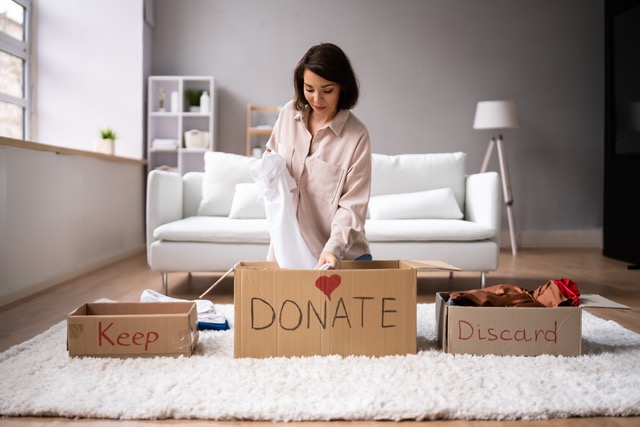It really is an intimate experience, the introduction to a stranger’s closet. Clothing tells a story about who they are, what they value, and how they wear their clothes. This is all very good and obvious information to a trained eye. Hi there! This is where I would come in. My process is
lengthy, but worth it, trust me, that the best way to know if something is true or not is to experience it firsthand.
This picture illustrates one of the cores of the process. Now, I have become an environmentalist in my hiatus. Having learned the staggering damage that clothes have on the environment, my closet has become not only sustainable, but long lasting. There are only two things I buy from stores: Underwear and bras. I don’t wear a lot of socks. I’ve had the same pairs for years. I will share my closet in a later post.
The fashion industry is responsible for the production of up to 10% of the global carbon dioxide output and accounts for one-fifth of the 300 million tons of plastic produced globally each year, according to the United Nations Environment Programme (via Bloomberg). Fashion production makes up 10% of humanity's carbon emissions, dries up water sources, and pollutes rivers and streams. What's more, 85% of all textiles go to the dump each year (UNECE, 2018), and washing some types of clothes sends significant amount of microplastics into the ocean.
These realities about the fashion industry were really stressing me out. By flipping my mindset and focusing on I how I can contribute to sustainability rather than consumption became most important to me. Therefore, when we collaborate in your closet, we will look at every piece of clothing and talk about its fate. When it comes to “discard,” it is not truly discarded, think repurpose.
I look forward to helping you create outfits with what is in your closet.

